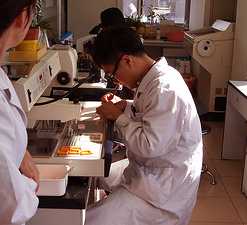
New model may provide new answers in cancer research (Photo Credit: Creative Commons - UMHealthSystem)
Every year more than 6,000 people are diagnosed with biliary tract cancer, making it one of the more rapidly growing forms of primary liver cancer. That is why when researchers at the James P. Wilmot Cancer Center in the University of Rochester Medical Center succeeded to make a model of a cancerous biliary tract from a mouse the accomplishment was met with tremendous satisfaction. With this model, researchers are now able go further in the study of this type of liver cell mutation, and potentially develop important treatment options.
The mouse model is the first genetically engineered model on this type of liver cancer, also called Intrahepatic Cholangiocarcinoma (IHCC). It shows two common mutations that occur in the human body, the mutation of Kras and deletion of p53 oncogenes. Oncogenes are modified genes that are commonly active in the early stage of cancer. They increase the chance for normal cells to mutate into tumors that may possibly lead to cancer.
The model allows researchers to look at these mutations and understand how the disease develops. More importantly, it enables them to test various possible treatments.
What makes this model even more unique is that it requires little time for each testing procedure, speeding up the chance to find potenti treatments.
Biliary tract cancer or IHCC is believed to start from the bile ducts within the liver. These tubes deliver bile from the liver to the gallbladder and small intestine. Bile is a substance produced by the liver and is responsible for breaking down chemicals and fats, and getting rid of other waste materials that enter the body.
While doctors usually relate IHCC to genetic makeup, much is still unknown about the cellular origin of this cancer. Unlike other cancers whereby origin can be identified in biopsies, screening technology for IHCC does not provide this information, making treatment more precarious. The new model is a viable and promising tool in understanding the early stages of IHCC, before it results in cancer. With this device, researchers are steps closer to a cure.






















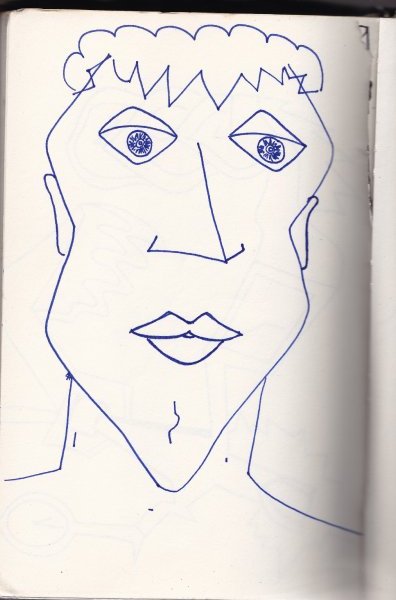
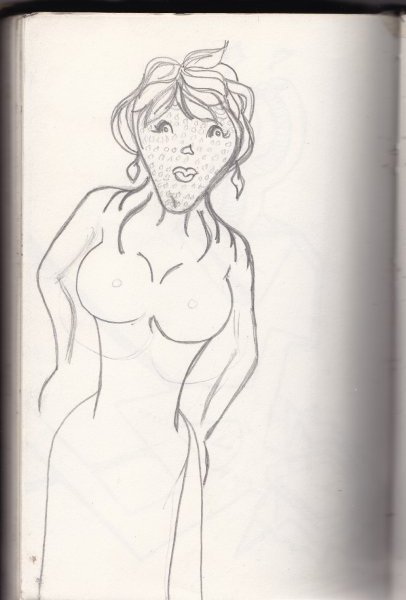
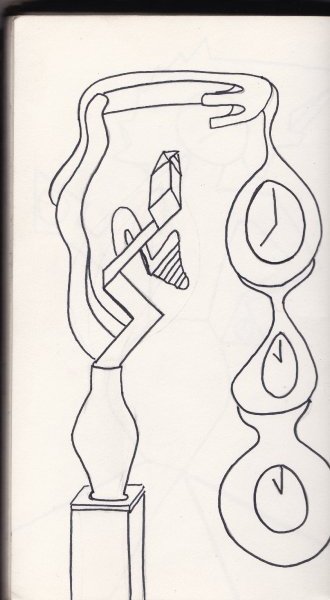
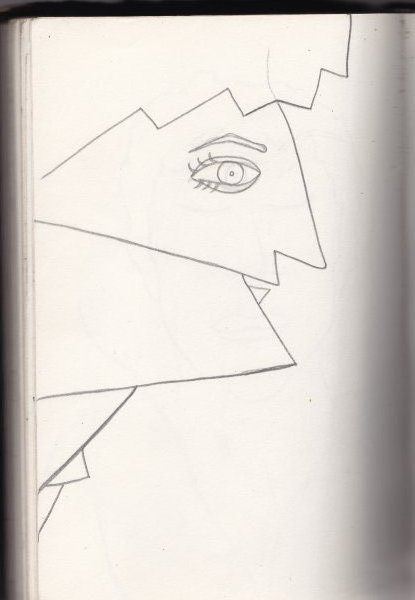
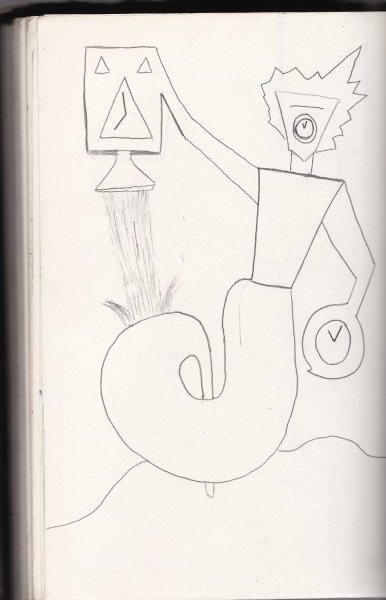

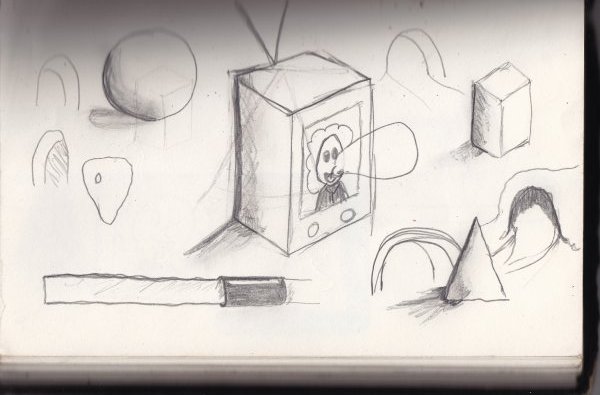
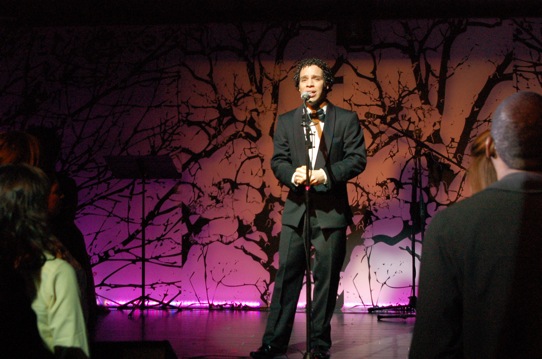

the effort you made to write this article is the proof of how you like to help us, thanks for all.http://www.achehoteis.net